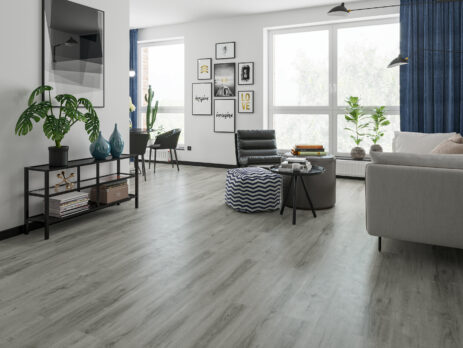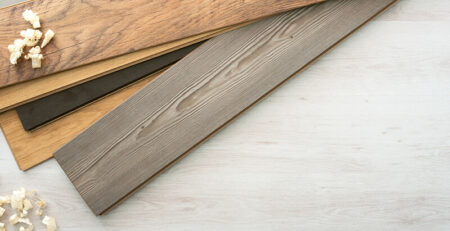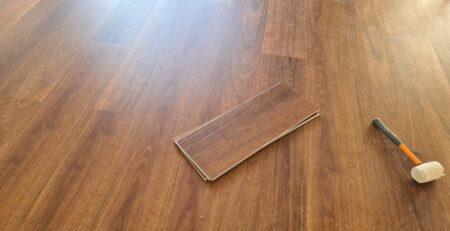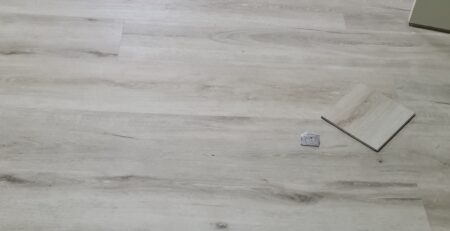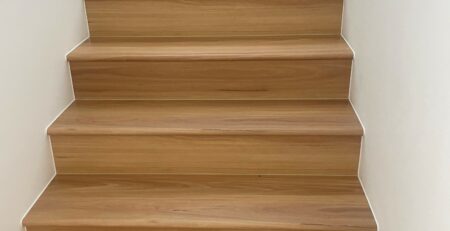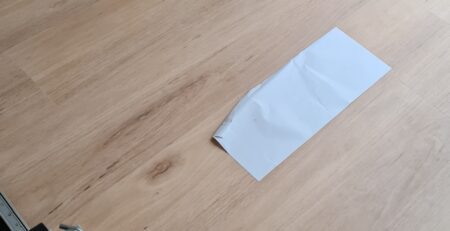What thickness do I choose when I buy SPC Hybrid flooring?
When it comes to choosing the right thickness for SPC hybrid flooring, there are a few key factors to consider. SPC hybrid flooring is a type of luxury vinyl flooring that is made up of several layers, including a core layer, a decorative layer, and a wear layer. The thickness of each of these layers can have an impact on the overall performance, durability, and aesthetic of the flooring. In this essay, we will explore the different thickness options available for SPC hybrid flooring and the pros and cons of each option to help you make an informed decision when purchasing.
The core layer of SPC hybrid flooring is typically the thickest layer and is usually around 4mm to 9mm thick. This layer is made up of wood plastic composite material and is responsible for providing the stability and durability of the flooring. A thicker core layer means that the flooring will be more stable and able to withstand more wear and tear. Additionally, a thicker core layer can also provide better insulation and sound absorption properties, making it a great option for homes with children or pets.
The decorative layer of SPC hybrid flooring is usually around 0.5mm thick and is responsible for providing the decorative surface of the flooring. The thicker the decorative layer, the more realistic the flooring will look and feel. A thicker decorative layer can also provide a more natural texture and a more realistic wood or stone look, which can make the flooring look more like natural wood or stone.
The wear layer of SPC hybrid flooring is usually around 0.5mm thick and is responsible for providing the protective surface of the flooring. A thicker wear layer means that the flooring will be more resistant to scratches, dents, and other forms of wear and tear. This makes it a great option for high-traffic areas such as hallways, living rooms, and bedrooms. A thicker wear layer can also provide better UV resistance and fade resistance, making it a great option for homes with a lot of natural light.
When choosing the thickness of SPC hybrid flooring, it’s important to consider the specific needs of your home and the specific area where the flooring will be installed. For example, if you have a lot of foot traffic in your home, you may want to choose a thicker wear layer to ensure that the flooring can withstand the wear and tear. Similarly, if you have children or pets in your home, you may want to choose a thicker core layer to ensure that the flooring can withstand their activity.
It’s also important to consider the overall quality of the materials used, the manufacturing process, and the overall durability when choosing the thickness of SPC hybrid flooring. Additionally, it’s also important to keep in mind that thicker SPC hybrid flooring may come with some disadvantages. It can be more expensive than thinner flooring, and it may also be more difficult to install.
In conclusion, when choosing the thickness of SPC hybrid flooring, it’s important to consider the specific needs of your home and the specific area where the flooring will be installed. The thickness of the core, decorative, and wear layer can have an impact on the overall performance, durability, and aesthetic of the flooring. However, it’s not the only determinant of the quality of the flooring. The quality of the materials used, the manufacturing process, and the overall durability are also important factors to consider. It’s important to make an informed decision based on a variety of factors, rather than focusing solely on the thickness of the flooring.


